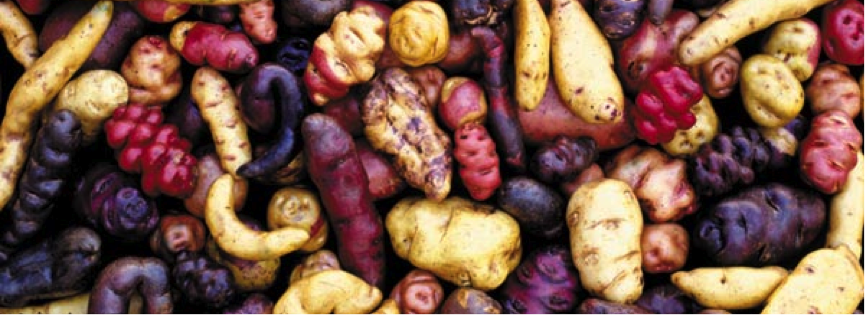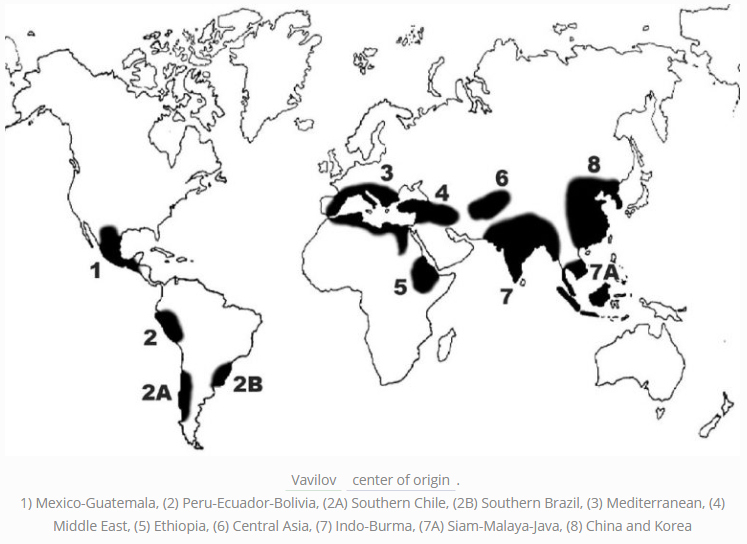Today I read an article published on the World Economic Forum's blog, entitled "Should Nature be Given Protective Rights?"

The article shows a number of examples: Lake Erie in the United States, the Ganges and Yamuna Rivers of India, the Whanganui River in New Zealand, all rivers in Bangladesh, the Amazon rainforest in Colombia, and nature in general in Ecuador and Bolivia.
To my mind, it makes sense to protect nature in this way - though I do agree with the article that legislation that protects nature is sometimes too vague or too flexible to be unambiguously useful, as I know from my own research into Bolivia's Madre Tierra ('Mother Earth') law.
What role does agrobiodiversity have to play in these laws? Do crop wild relatives count as 'nature'? What about traditional varieties, only grown in certain places - often surrounded by a wider biodiversity? What about genetically modified crops: have they crossed the Rubicon into un-naturalness? And what about highly integrated farming systems, such as the 'dehesa' that grow Iberian pigs? In short, what does 'nature' mean? And what role does agriculture have to play within it?
You can make the argument that anything a human modifies isn't nature anymore - though by this definition the only natural places we have left are at the very bottom of the sea in places that plastic waste does not gather.
I find it more useful to go back to the examples the article gives us. Many of the specific places that are protected under these pieces of legislation have been cradles of civilization for thousands of years: the Iroquois on Lake Erie, the Hindu on the Ganges, and the Maori of the Whanganui. No one can make the argument that humans have not changed them over time, and no one disputes their status as 'nature.'
Further, the bodies of water that have been protected have been protected for their use to humanity, either culturally or for the safety of drinking water. Agrobiodiversity serves similar cultural goods, either in preserving polycultural practices or niche crop varieties, and it serves food security in a changing climate.
Are these laws a way to protect agrobiodiversity? At the moment, I would hazard a guess that they are not, but it serves as a compelling precedent.
For more information, Vox made a good video that goes into detail on the Lake Erie legislation:

